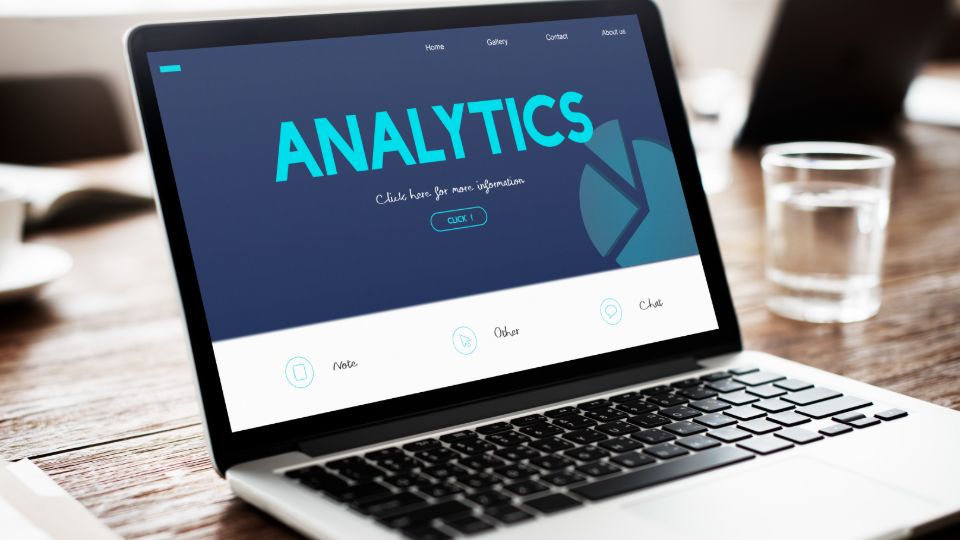SaaS App Analytics Guide: Tools, Tips, and Metrics to Track for Success
Analytics is a vital component in the growth and success of a SaaS (Software as a Service) application. By leveraging the right tools and metrics, you can gain actionable insights into user behavior, app performance, and business performance. Here’s a comprehensive guide to help you navigate SaaS app analytics.
1. Understanding SaaS Analytics
SaaS app analytics focuses on tracking and analyzing user interactions and business metrics that directly impact the app’s performance. The goal is to understand how users engage with your app, identify areas for improvement, and make data-driven decisions to optimize your service. Analytics can also provide insight into user retention, acquisition, and overall app growth.
2. Essential Tools for SaaS App Analytics
Choosing the right tools is crucial for gathering accurate and actionable data. Here are some widely used analytics tools for SaaS apps:
- Google Analytics: Ideal for tracking website traffic and user behavior. Google Analytics provides key insights into where your users are coming from, what pages they visit, and how long they stay.
- Mixpanel: A product analytics platform that helps track user actions in more detail. It’s great for SaaS businesses aiming to understand user retention, product engagement, and funnel analysis.
- Amplitude: This tool is highly focused on user behavior, offering insights on retention, lifetime value (LTV), and the user journey.
- Heap Analytics: Allows you to track user behavior automatically without the need for manual tracking code. It’s especially useful for SaaS apps looking for a quick setup and comprehensive data collection.
- Vabro: A comprehensive platform that combines project management, collaboration, and analytics, ideal for SaaS apps looking to streamline performance tracking.
3. Key Metrics to Track
When analyzing your SaaS app, it’s crucial to focus on the following key metrics:
- Customer Acquisition Cost (CAC): This metric helps determine how much it costs to acquire a new customer. A low CAC is ideal, as it indicates efficient marketing and sales strategies.
- Churn Rate: Churn rate refers to the percentage of customers who cancel their subscriptions over a given period. A high churn rate can signal dissatisfaction or competitive pressure.
- Monthly Recurring Revenue (MRR): MRR tracks the predictable revenue generated from your subscriptions each month. It’s essential for assessing financial growth and stability.
- Lifetime Value (LTV): LTV measures the total revenue you can expect from a customer over their entire relationship with your app. It helps in budgeting for customer acquisition and retention.
- User Engagement: Track metrics like active users (DAU, WAU, MAU), feature adoption rates, and time spent on the app. These metrics provide insight into how valuable users find your app.
4. Tips for Effective SaaS Analytics
- Set Clear Goals: Determine the key objectives for your app, such as improving retention, increasing conversions, or optimizing features. Align your analytics efforts with these goals.
- A/B Testing: Regularly perform A/B tests to experiment with new features, pricing models, or UI changes to determine what works best for your users.
- Use Cohort Analysis: This helps segment users based on their behaviors or demographics, allowing for targeted insights and actions.
Conclusion
Effective analytics is at the heart of every successful SaaS application. By choosing the right tools and tracking essential metrics, you can make informed decisions that drive growth and enhance user satisfaction. Regular analysis, along with clear goals and actionable insights, will help your SaaS app thrive in a competitive market.
